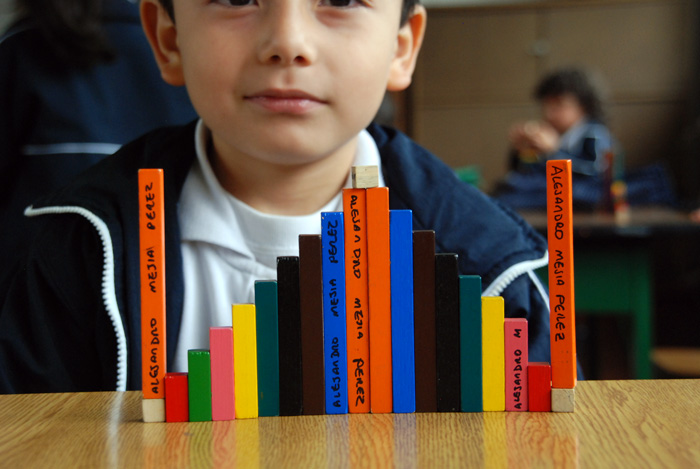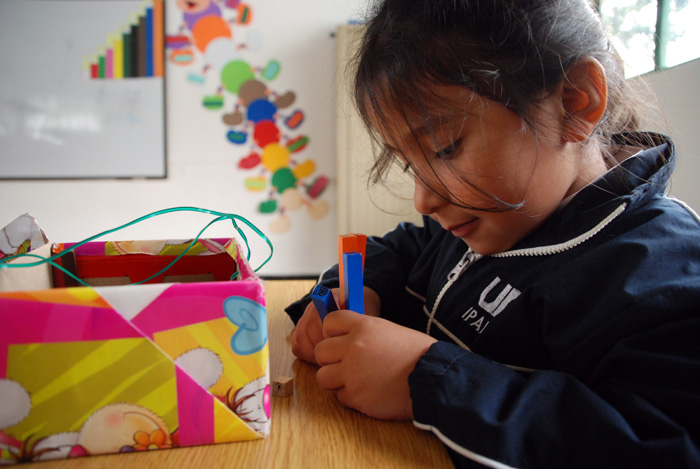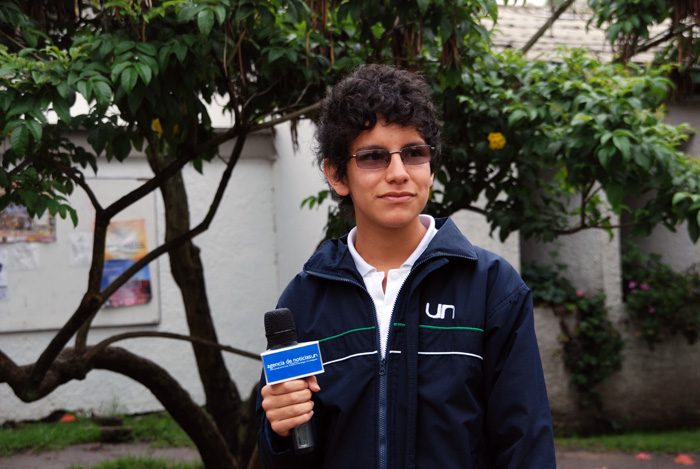Rather than just learning to add, subtract, multiply and divide, elementary students from the IPARM, with the help of Cuisenaire rods, learn to apply mathematical reasoning to everyday problems,.
According to María Fanny Nava (teacher at the IPARM) this educational experience was acknowledged by the Institute for Educational Research and Pedagogical Development (IDEP), which reunites several educative institutions in Colombia.
"Twenty years ago we started using the Cuisenaire rods to facilitate the mathematics learning process of children. Professor Federicci told us that it was important to look for pedagogic tools that would be pleasant for both the teacher and the student. With the rods, children play and learn at the same time.
Patricia Romero, kindergarten teacher, affirms that the success of the rods lies on the fact that, with them, children learn very easily concepts such as sizes, associative and commutative laws, among many others, without having to learn algorithms previously. When children start to solve subtraction or additions, they understand beforehand that the mathematical operation is just a way to process information. What matters is the internalization of those mathematical algorithms.
María Elvira Vargas, elementary school teacher, points out that Cuisenaire rods are not a new invention, on the contrary, they have been implemented for years within the classroom, and in fact they were invented in France.
"The innovation consists in the way they are used in the classroom, the pedagogy used to make this tool an effective one as an educative means. There is not an efficient method if the teacher is not aware of its own attitude within the classroom," said Vargas.
Right now, students at the IPARM stand out for their good performance in math. According to their teachers, is due to the fact that children and adolescents from the Institution do not fear this discipline anymore.
Zoe Martínez Salas, junior student at the IPARM, indicates that the success of the rods within the mathematics learning process is that it makes part of a game where the kids know, for instance, that a pink stick is equivalent to four white rods, so each piece has a value that can also be expressed through other rods.
"I played with the math rods too. I consider that we own to that tool part of our good mathematical performance, because we don"t see the learning process as something boring, rather as something practical and fun. We learnt to add and to subtract almost without noticing," said Zoe.
Now, through IDEP this experience will pass on to other schools in the country. According to Mary Fanny Nava, the experience has been shared with teachers from remote regions in Colombia, where this method begins to be used in an efficient way.
Sedes
 Correo Electrónico
Correo Electrónico
 DNINFOA - SIA
DNINFOA - SIA
 Bibliotecas
Bibliotecas
 Convocatorias
Convocatorias
 Identidad UNAL
Identidad UNAL





